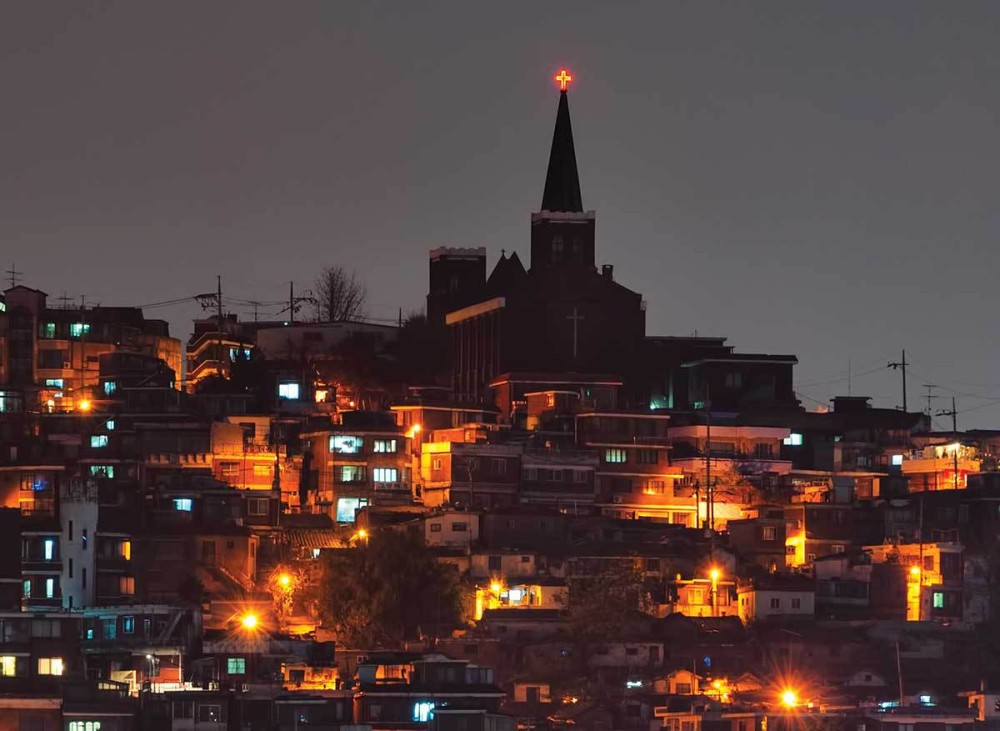Is there a link between fertility and faith in South Korea?
Buddhism offers a clear answer. With Christianity, it’s more complex.

Around the world, there is a close correlation between a society’s fertility rates—the average number of children born to a woman during her lifetime—and that society’s level of religious practice and behavior. As total fertility rates fall below the replacement level of 2.1, religiosity declines, as has been spectacularly the case in many countries of Europe and in Japan.
The reasons for the linkage are open to debate, and the chain of causation is uncertain. Perhaps families with fewer children have less need or inclination to belong to religious congregations, which are no longer needed for purposes of education, religious training, and the various rites of passages. (Only when you take children out of the equation do you realize how central they are to the whole rationale of religious structures.) Or perhaps as people lose their faith, they experience less pressure to bear children. However, the pattern is clear and (with a very few exceptions) strikingly consistent. Fertility and faith are intimately linked.
South Korea represents a special case in this story. It’s a country with one of the world’s lowest fertility rates: 1.0. As we might predict, that collapse has had religious consequences.





